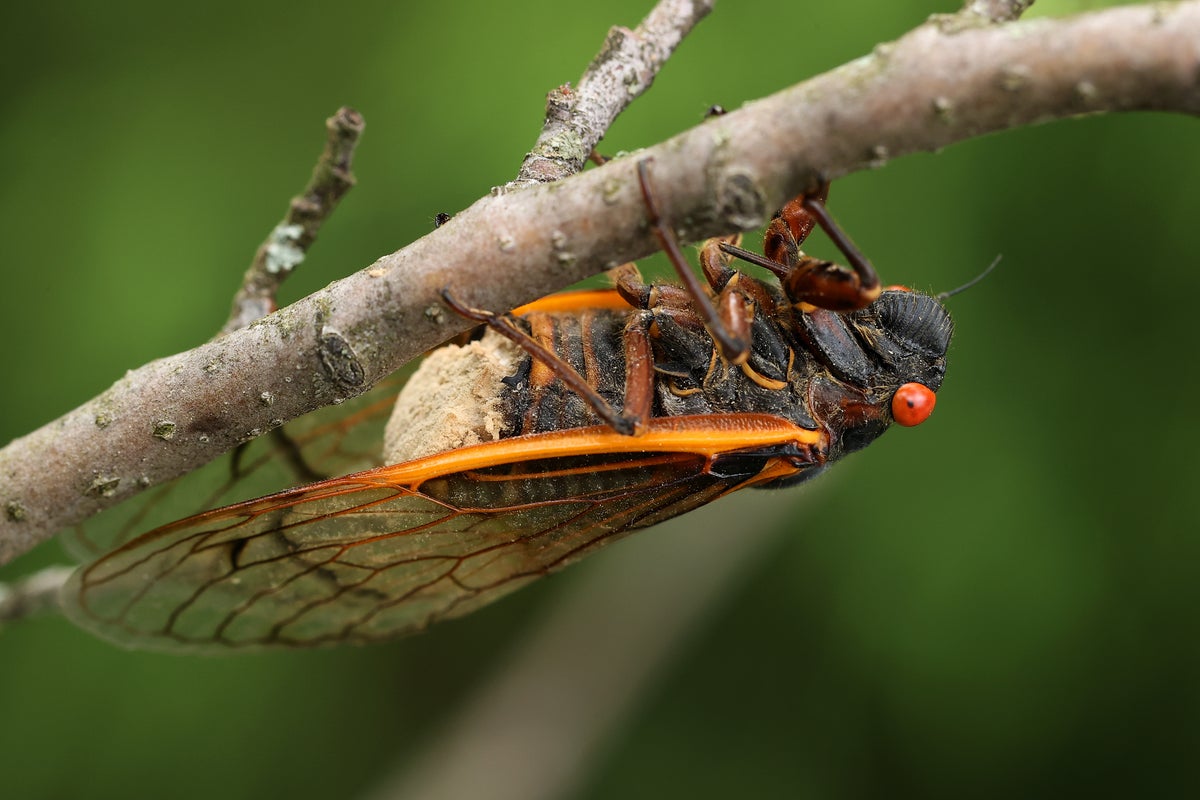Now Reading: Brood XIV Zombie Cicadas Set to Emerge
-
01
Brood XIV Zombie Cicadas Set to Emerge
Brood XIV Zombie Cicadas Set to Emerge

quick Summary
- Periodical 17-year cicadas from brood XIV will emerge in billion-strong numbers across the eastern U.S. from May to June,last seen in 2008.
- Cicada nymphs transform into adults above ground, but many will be infected by a fungus named Massospora cicadina, causing grotesque effects like “zombification.”
- Infected cicadas spread the fungus through sexual contact despite losing reproductive organs and exhibit hypersexualized behavior caused by a stimulant produced by the fungus.
- The relationship between cicadas and Massospora spans at least 100 million years; scientists are studying its complex life cycle, which includes resting spores that persist underground for years.
- Brood XIV includes three species: Magicicada cassini, Magicicada septendecim, and Magicicada septendecula. emergence patterns could reveal insights into population shifts influenced by climate change and human activity.
- Broods are most populous in Kentucky and Tennessee; researchers predict ~2-4% of this yearS brood will show fungal infections (“zombies”).
- Researchers use crowd-sourcing tools like iNaturalist to track sightings of infected cicadas, allowing public participation in data collection.
Indian Opinion Analysis
The emergence of brood XIV periodical cicadas highlights fascinating aspects of long-term ecological processes shaped by evolutionary relationships. The interplay between the insects’ predictable life cycles and their zombifying fungal parasite underscores intricate biological dynamics over millennia. for India, such studies provide valuable parallels for ecological monitoring-especially regarding microbial interactions with local insect populations-and offer warnings about biodiversity disruptions due to human activities or climate change.
Furthermore, platforms like iNaturalist demonstrate how citizen science can be a powerful tool for tracking wildlife trends that may otherwise go unnoticed-a practice worth emulating in India. With a rich diversity of flora and fauna facing increasing environmental pressures, engaging local communities in spotting invasive species or mapping biodiversity migrations could help mitigate threats while harnessing collective observational power.























